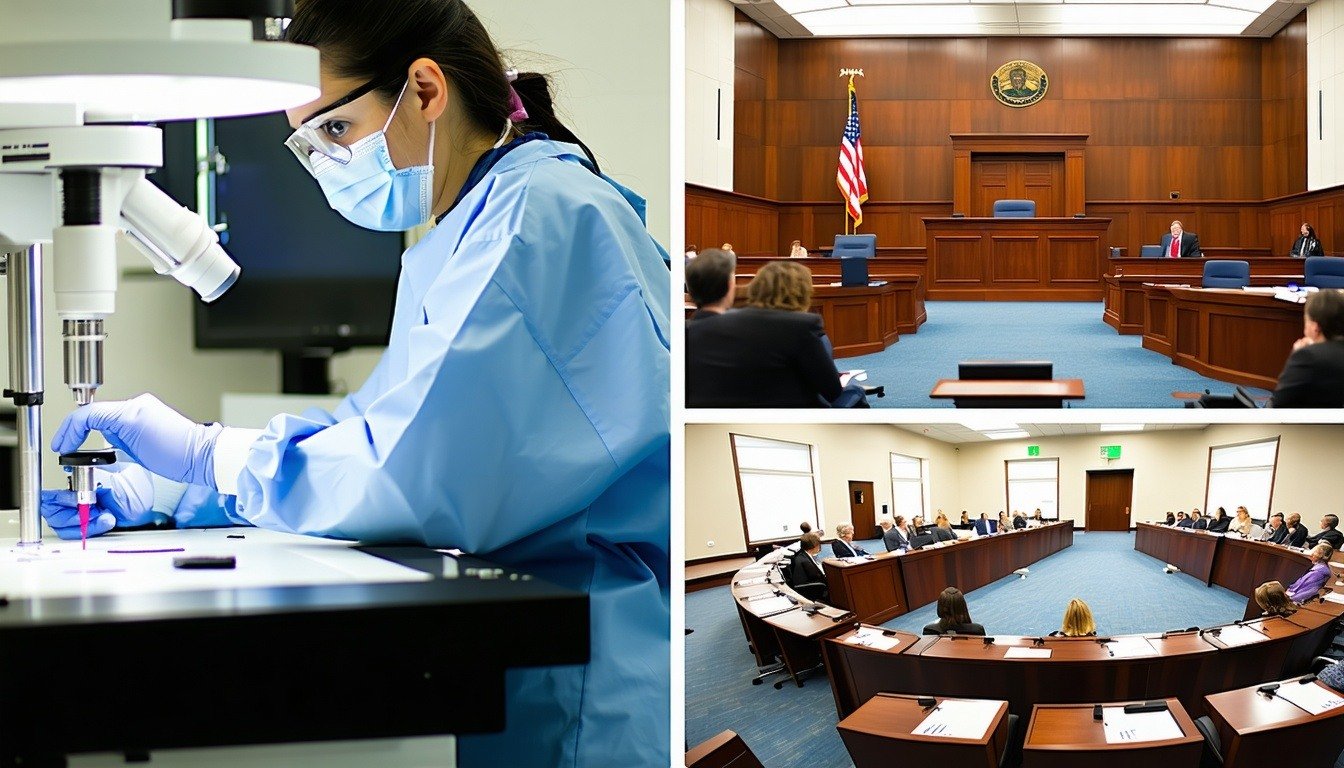The Return of Venue Shopping: A Perilous Shift in Pennsylvania’s Health Care Landscape

In the late summer of 2022, Pennsylvania’s Supreme Court made a decision that would reverberate through the state’s healthcare corridors. The court dismantled a rule pivotal in maintaining the equilibrium of the state’s medical liability system, a safeguard that had stood firm for nearly twenty years. This ruling, seemingly technical in nature, opened the gates for what is known as “venue shopping” in legal circles.
The practice of venue shopping, where personal injury lawyers strategically move medical liability claims to counties with a reputation for higher payouts, had been restrained under the previous legal framework established in 2003. With the court’s recent decision, this practice has resurfaced, and its implications are far-reaching. In just the first 20 days of 2023, Philadelphia witnessed a surge in medical malpractice cases, a staggering 148 percent increase from the previous year’s monthly average. This dramatic rise is not just a number—it’s a harbinger of a larger crisis.
The resurgence of venue shopping threatens to make Pennsylvania one of the least desirable places for healthcare providers. We’ve witnessed this scenario before, with dire consequences. The previous era of unrestricted venue shopping led to a troubling landscape: difficulty in attracting and retaining healthcare providers, service cutbacks in hospitals, unaffordable premium spikes, and an exodus of insurers from the market.
This was not an unfounded concern. In 2002, a concerted effort by the state’s governor, General Assembly, and Supreme Court, following a comprehensive study, led to the abolition of venue shopping. The study identified this practice as a primary driver of the medical liability crisis at the time. Legal and judicial reforms were introduced, mandating that claims be filed in the county where the alleged medical liability occurred. This shift had a tangible impact, particularly on specialties like obstetrics and gynecology, which had been severely affected by inflated medical liability awards.
Philadelphia, a focal point in this narrative, saw a dramatic change. Before the reform, the city was a hotspot for medical liability trials, surpassing even New York in numbers. Post-reform, there was a significant decline in such filings, reflecting a broader shift towards alternative, less costly dispute resolution methods like arbitration and mediation.
Despite the lack of evidence suggesting unfair verdicts in the original counties, the revival of venue shopping looms as a dark cloud over Pennsylvania’s healthcare. The effects are already visible: a decreasing number of obstetric units in hospitals, a predicted shortfall of primary care physicians, and increasing hospital affiliations with health systems. The potential return of venue shopping threatens to exacerbate these challenges, pushing lawyers towards populous counties like Philadelphia and Allegheny in pursuit of higher settlements.
Pennsylvania stands at a crossroads. The decisions made today will shape the healthcare landscape for years to come. As policymakers grapple with these complex issues, the echoes of the past serve as a stark reminder of the delicate balance between legal practices and healthcare provision. The question remains: Can Pennsylvania navigate this precarious path without sacrificing the quality and accessibility of its healthcare?










